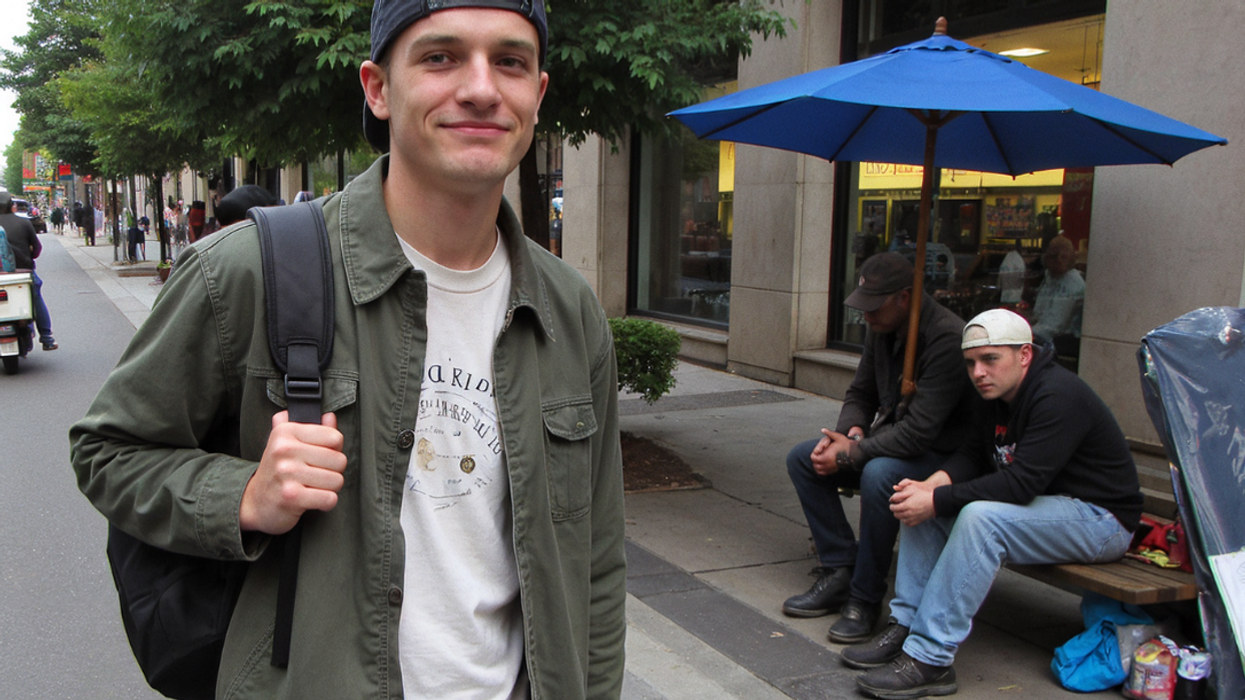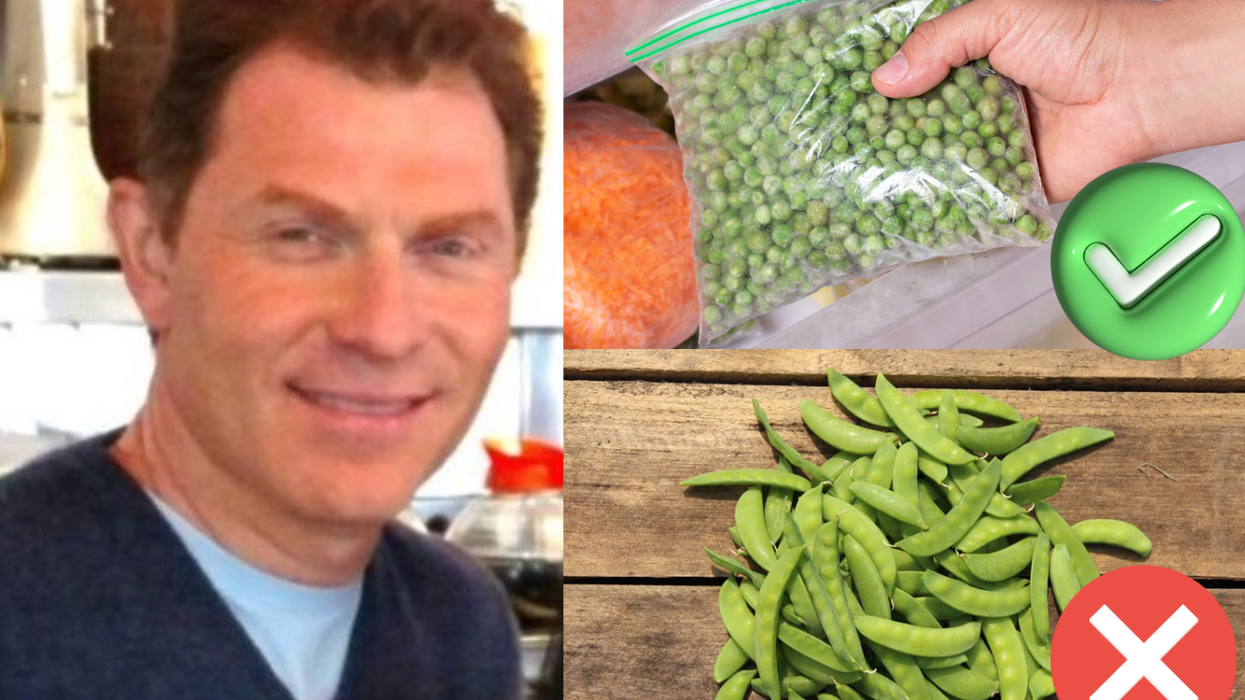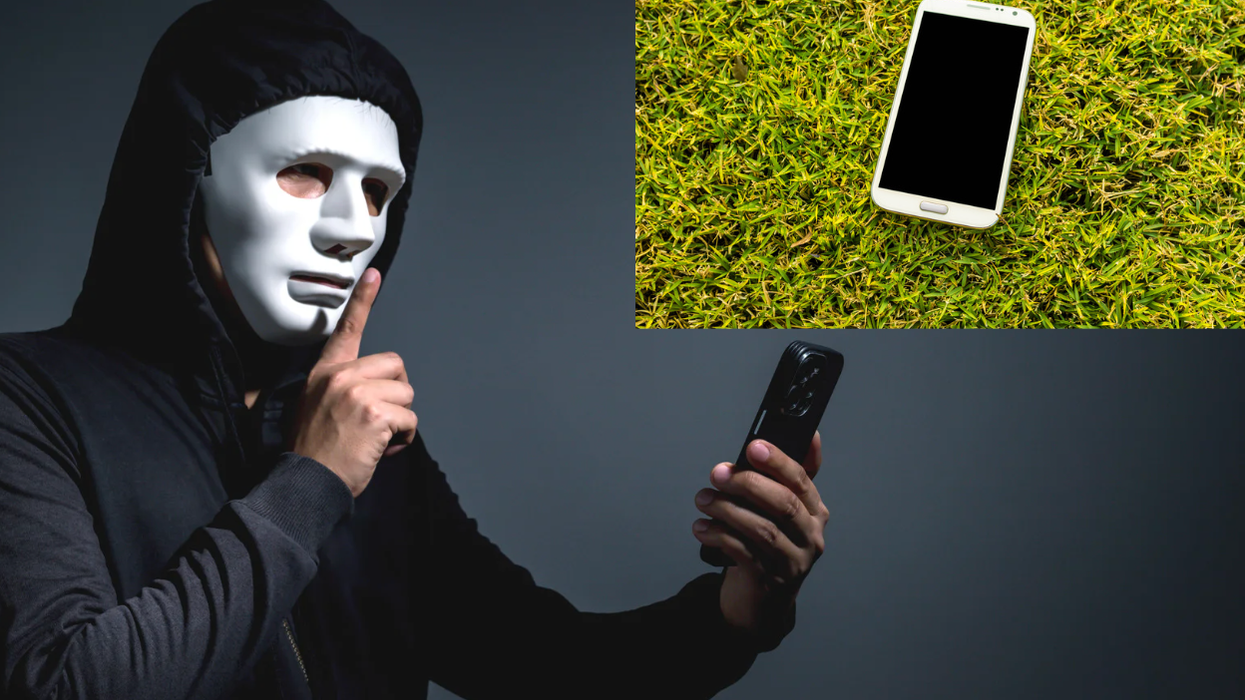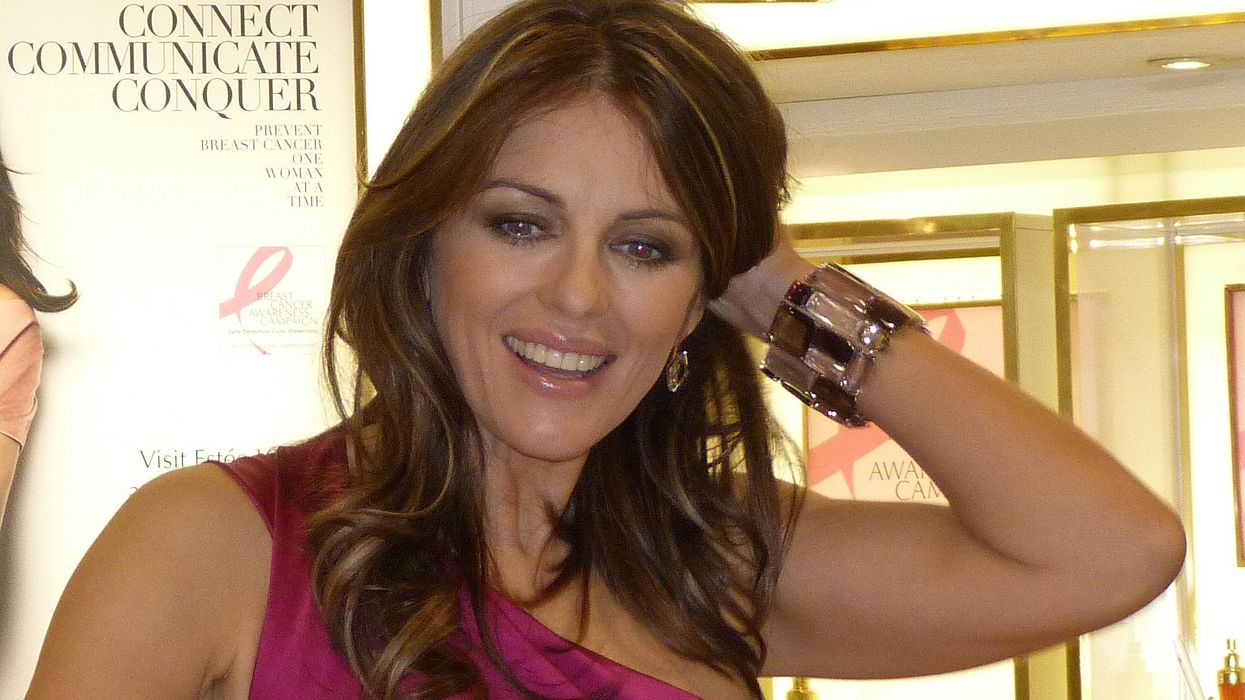The October 4 dinner truly began when the police showed up. Gradually, the Akron force shut down a stretch of the Ohio city’s Innerbelt Freeway, using barriers to block the section of road from vehicle traffic. Then came the tables, sixty-three in total, which stretched in a continuous, 500-foot line across the concrete. Finally, the 500 Akronites showed up, brought together by free dinner tickets and the promise of important discussion.
Welcome to 500 Plates, a project headed by San Francisco-based artist Hunter Franks. The aim was to bring all of Akron together to talk openly about the future of the city. Franks realized early on that the freeway was a particularly powerful setting.
“The area that the Innerbelt was built through [in the 1970’s] was a neighborhood, and it did tear up the neighborhood and divide families,” Franks said in an interview. “[It] created a disconnect between downtown Akron and other neighborhoods.”
For all that division, the Innerbelt hasn’t even served its intended purpose. Once projected to carry 120,000 vehicles a day, fewer than 18,000 use the freeway today. The city plans to shut down the Innerbelt in 2016.
What will Akron do with that space? With support from Akron’s municipal authorities, Franks and his team decided to stage something like a town hall to discuss the freeway and other community issues—with dinner included.
To promote the project, Franks recruited ambassadors from 22 communities all over Akron, who publicized the dinner in their neighborhoods through meetings, social media, and word of mouth. Each ambassador also rounded up a few favorite local recipes, which were recreated by a catering company and served at the meal.
The dinner, held last Saturday, was “magical,” Franks says. As each table’s leader guided discussions on the future of Akron, dinner attendees drew and wrote their thoughts on long, paper table runners.
“Often times, in our urban environments especially, we hear negative after negative after negative,” Franks says. But the dinner participants “were all there because they believed in what we were doing and they knew there was something positive there.”














